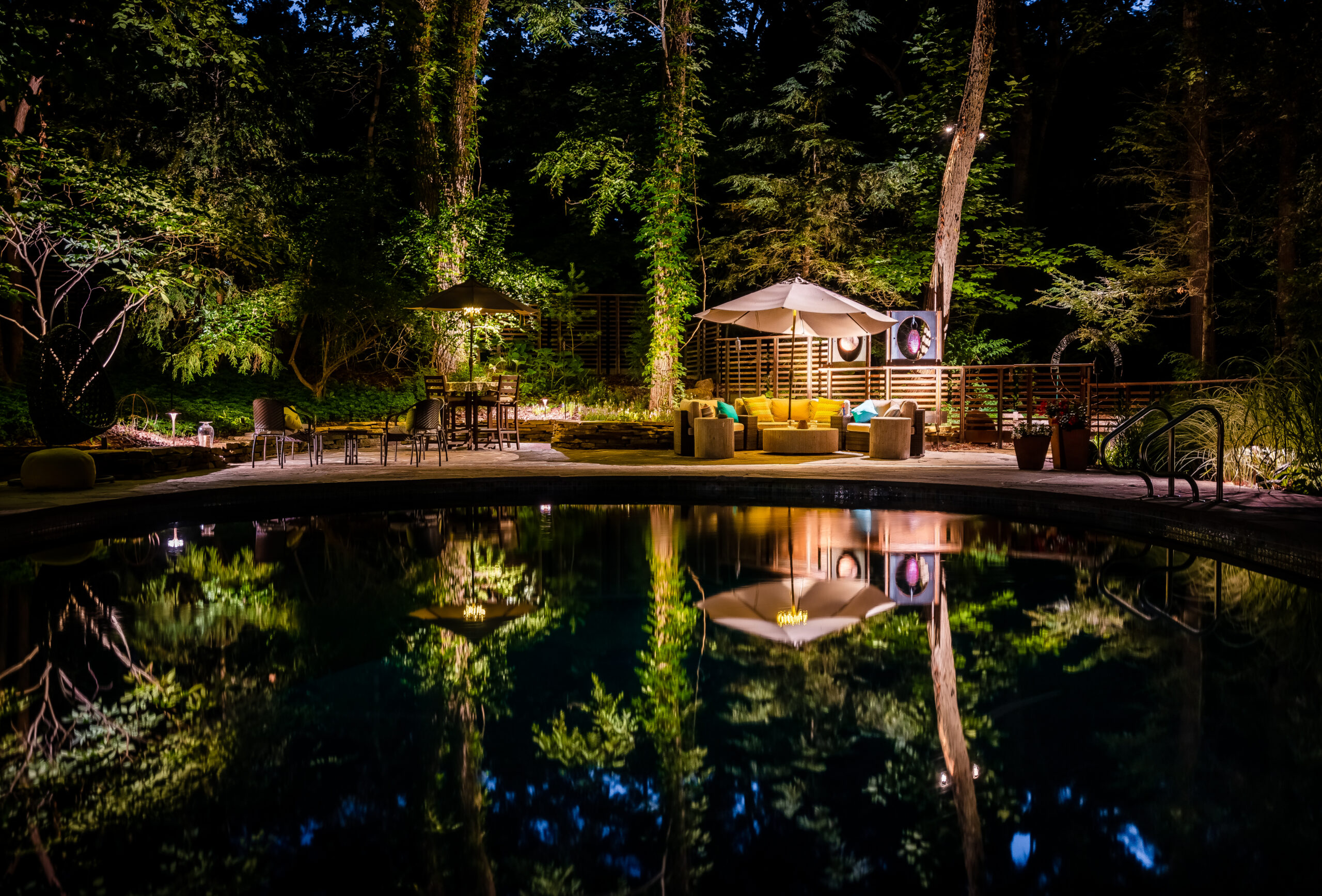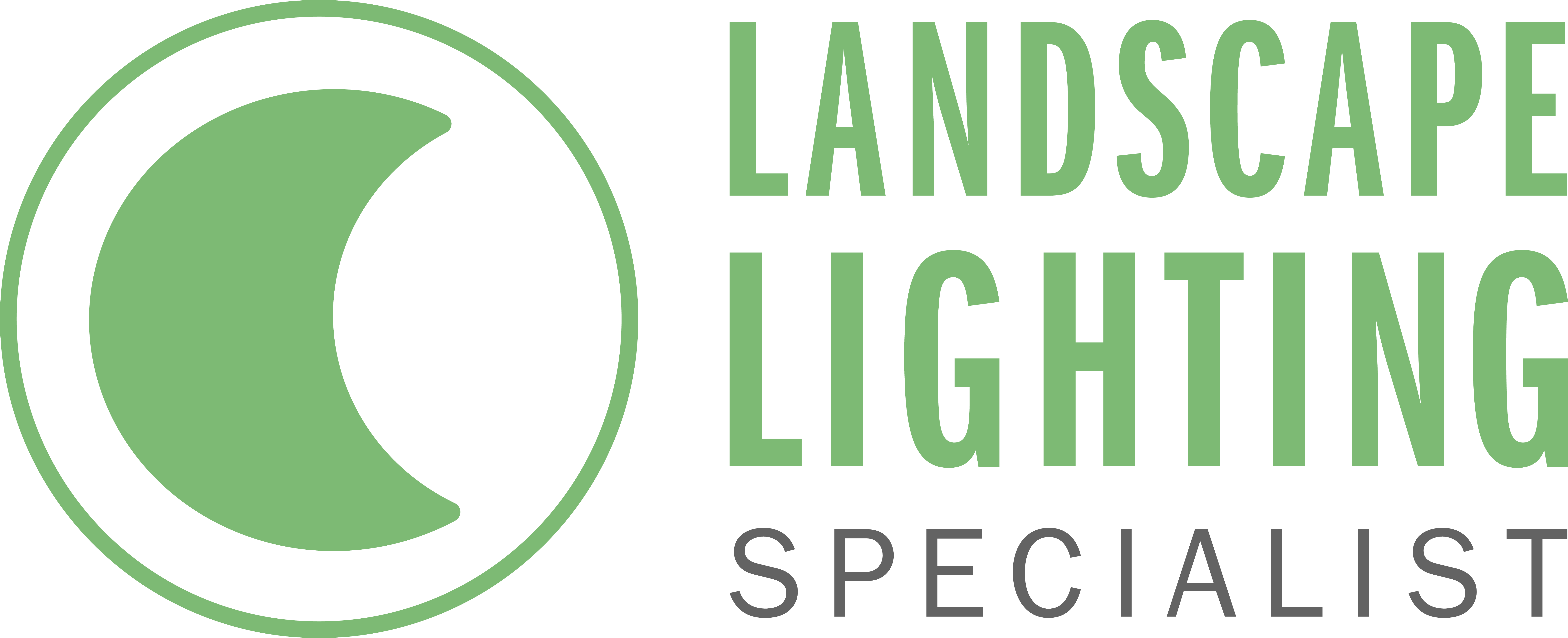experience
Great Lighting
Design
We understand that great landscape lighting is different for each client and property. Our process makes it easy. We listen to your needs, create a plan, then mock up the lighting so you can experience the effect. You will get to live with the lighting while you decide what’s right for your space.
installation
Our craftsmanship shines during installation. For almost 20 years we have been quietly honing our skills. You will meet our great team of detail oriented technicians. Quality people, materials and systematic install techniques create great results. Have confidence in our high standards when you invite us in.
Maintenance
We install lighting systems built to last, functioning with little to no maintenance. For continuous peak performance we recommend our annual maintenance plan. Our friendly service techs will visit your lights in the Spring and Fall. Where they will check everything, clean, straighten and more to protect your lighting investment.
Service
The service team is here to help. We can repair and update most existing lighting systems. Our vans are equipped with all the tools and materials to efficiently solve your outdoor lighting problems.
automation
We are Lutron Certified with expertise in smart lighting controls. Easily control and schedule your landscape lighting with your phone, alexa, etc. Enhance the scene by adding smart dimmers to wall lanterns and other lighting around the house.
lighting experts
It’s Landscape Lighting Specialist but our overall lighting knowledge runs deep. We can upgrade your wall lanterns, motion flood lights and post lights. Add string lighting over a patio and more.

Let’s get started
We are excited to work with you.
Location
124 W Summit Street Suite E
Ann Arbor Michigan 48103
Phone
(734) 585.5578
